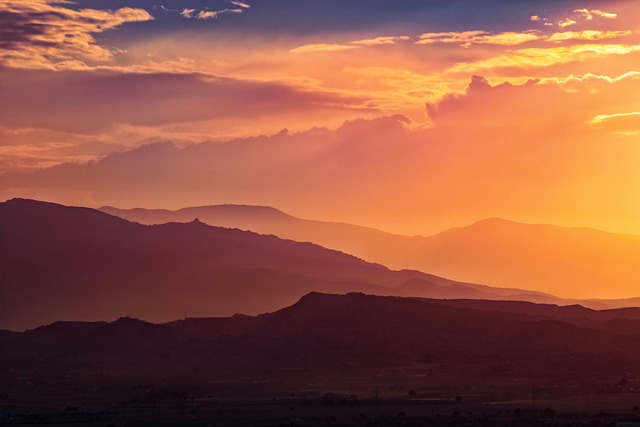Get ready to learn more! Because this is the week, we will be discussing a very hot global topic involving drones.
Well, this isn’t exactly true for 2023. Drones started gaining popularity in 2015 (from a consumer standpoint), so many were sold, while the FAA was not even aware whether they were actually legal! The ‘so-called’ drone craze that occurred in 2017, owing to the “million-drone Christmas” is now safely over, yet drones have turned into important artistic tools across several professions. In this post, we will be covering the introduction to real estate drone piloting, including tricks, tips, and useful guidance for freelancers that are looking for ways to make profits from their skills.
The first thing we must cover before we proceed is certification. If you have plans to become a “commercial” drone pilot, certification is a requirement. As mentioned above, the FAA is a government entity that oversees these matters. According to FAA regulations (federal law) you will be required to take the Part 107 examination at a testing center that is federally authorized before you will be allowed to start servicing clients.
The second portion of becoming a certified drone pilot involves the equipment. In the role of a drone pilot, the skills that you have as a pilot and photographer will rely heavily on your tools. In a results-orientated industry like real estate, there cannot be any excuses in relation to the performance associated with your technology. Some of the most important features will naturally include battery life and durability.
A reliable drone can range anything from $500 to $2,000. A purchase such as this should be regarded as an investment. This means investing in your business and investing in yourself. In this particular price range, here is a list of the bare minimum features to expect. To begin with, the drone should be capable of taking photos of professional quality, whether this means a built-in high-quality camera or an option for a customizable high-picture quality payload is essential. We all love the drones that allow for payload options which allow the user to change between a range of lenses and cameras even while working on a job.
Secondly, battery life is major. Imagine this: you are standing in the blazing California sun, sweating like mad while struggling to capture the picture-perfect angle of a golf course that has undergone recent updates, only to receive that dreaded low-battery notification. You will not only need to act fast to make sure your drone returns to you before it falls from the sky, but you will also need to charge your drone on-site which is a waste of valuable time. So, you may be thinking that the best course of action is to make sure your drone is always charged. But a much better approach would be to invest in one of the drones that offer a battery life that is going to match your needs.
And to put things into perspective, you can expect most standard residential shoots to take at least an hour, while the commercial shoots generally last a lot longer. However, every project is unique, so it becomes important to use your own judgment. It is also highly advisable to bring a backup drone to make sure all your bases are covered.
After the equipment, there are typically a handful of project types you can expect to come across if you want to become a real estate drone photographer. In residential real estate, the more common projects include housing complexes, apartments, and homes that are just about to enter the market. Apart from these, there are also commercial projects that include malls, office buildings, and shopping complexes, which are a lot bigger when compared to residential properties. The last type of project includes surveying open land that is either ready for sale as-is or in pre-development.



